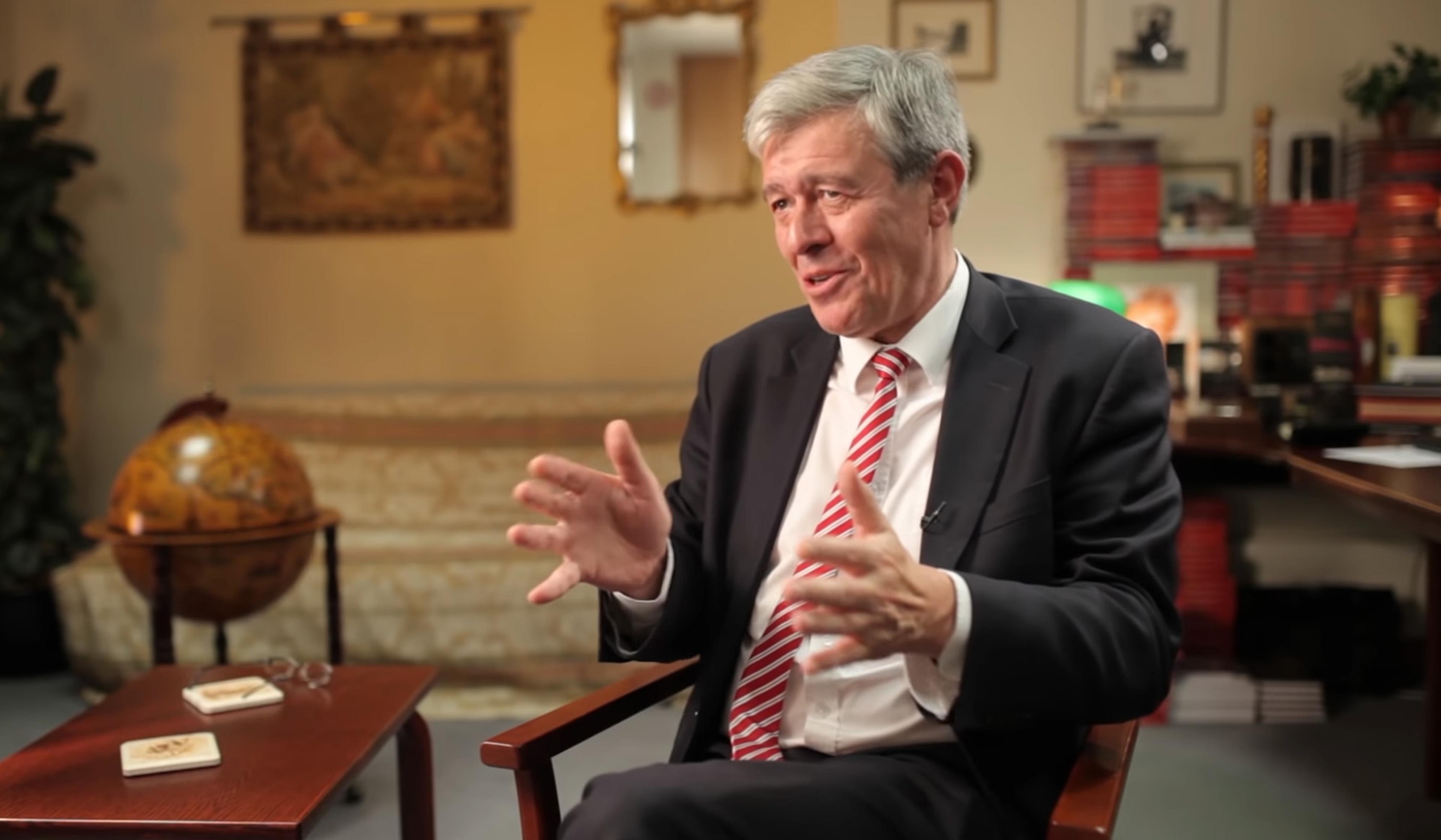A groundbreaking new study from the Gallant Laboratory at the University of California, Berkeley is transforming how scientists understand language organisation in the brain. Published in Nature on 28 April 2016, the paper ‘Natural Speech Reveals the Semantic Maps That Tile Human Cerebral Cortex’ reveals that we use our entire brain – and not just the temporal lobe, as once believed – to group words by meaning. And while every ‘brain dictionary’ appears to be unique, they share some surprising similarities. To learn more about the research, explore the interactive map based on the study at the Gallant Laboratory’s website.
See how our brains group words by meaning in surprisingly complex semantic maps
Video by Nature
Animator: Alexander Huth

videoNeuroscience
After a century of trying, have scientists successfully mapped the human brain?
2 minutes

videoCognition and intelligence
There’s a lot more to conversation than words. What really happens when we talk
6 minutes

videoHuman evolution
Can a tiny slice of mouse brain help us understand the complex human mind?
3 minutes

videoCognition and intelligence
Leaping from firing neurons to human behaviour is tempting, but it’s a perilous gap
3 minutes

videoConsciousness and altered states
Why don’t we feel pain in dreams? The answer might lie in a new frontier of neuroscience
9 minutes

videoNeuroscience
This intricate map of a fruit fly brain could signal a revolution in neuroscience
2 minutes

videoNeuroscience
What will we do when neuroimaging allows us to reconstruct dreams and memories?
4 minutes

videoPhilosophy of mind
Embodied cognition seems intuitive, but philosophy can push it to some strange places
14 minutes

videoNeuroscience
The brain repurposed our sense of physical distance to understand social closeness
5 minutes